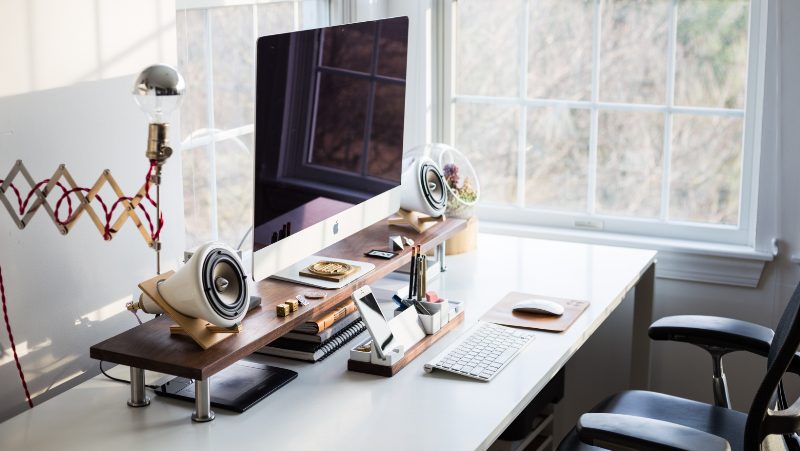Setting Up a Functional Home Office for Remote Working
With the rise of remote working, setting up a functional home office has become essential for many individuals. Creating a designated workspace within your home boosts productivity and helps maintain a healthy work-life balance. Whether you have a dedicated room or a small corner to spare, here are some key considerations to ensure your home office is functional and conducive to productive remote work.
Choose the right location
Selecting the right location for your home office is crucial. Ideally, it should be a quiet area with minimal distractions. Choose a room with natural light if possible, as it can improve mood and productivity. However, if you don’t have a spare room, don’t worry! A corner of your living room, bedroom, or even a well-organized closet can be transformed into a functional workspace.
Invest in ergonomic furniture
Investing in ergonomic furniture is essential since you’ll be spending several hours working at your home office. Start with a comfortable chair that provides proper back support and adjustable height. A desk at an appropriate height is equally important to ensure you maintain good posture and minimize strain on your neck and shoulders. Consider adjustable standing desks if you prefer alternating between sitting and standing during work.
Set up proper lighting
Proper lighting plays a significant role in creating a productive workspace. Natural light is ideal, as it helps reduce eye strain and improves focus. Position your desk near a window if possible. In addition to natural light, incorporate task lighting with a desk lamp to provide ample illumination for your work area, especially during evenings or cloudy days.
Equipment
Setting up a well-equipped home office is essential for remote work. Here are some key equipment items to consider:
- A reliable computer or laptop
- A spacious desk
- Amonitor or dual monitors for increased productivity
- A keyboard and mouse
- A reliable printer/scanner
- A webcamfor video conferences
- A noise-canceling headset or headphones
- Storage solutions such as shelves or filing cabinets
Depending on your specific work requirements, you may also need additional equipment like a document shredder, backup power supply, and video conferencing microphone. Think about the accessories or essentials you also need for some of this equipment. It is important to know where to get cheap toner cartridges, for example, and will you need baskets and labels for your shelving to make organization a breeze?
Ensure a reliable internet connection
Remote work heavily relies on a stable and fast internet connection. Position your home office in an area with good Wi-Fi coverage. If your signal is weak, consider using a Wi-Fi extender or a wired connection for a more reliable internet experience. Test your internet speed regularly to ensure it meets the requirements of your work tasks, such as video conferencing or large file transfers.
Personalize your space
While functionality is crucial, don’t forget to add personal touches to make your home office feel inviting and inspiring. Decorate your space with items that motivate you, such as artwork, plants, or photographs. Create a vision board or place inspirational quotes that remind you of your goals and aspirations. Adding these personal elements can make your home office a space where you feel comfortable and motivated to do your best work.
Final Thoughts
Remember, setting up a functional home office is a process of trial and error. Adjust and refine your workspace based on your needs and preferences. Regularly evaluate your setup to ensure it continues to meet your requirements and make any necessary improvements along the way. By creating a well-designed and functional home office, you’ll be equipped to thrive in your remote work environment and achieve optimal productivity.

